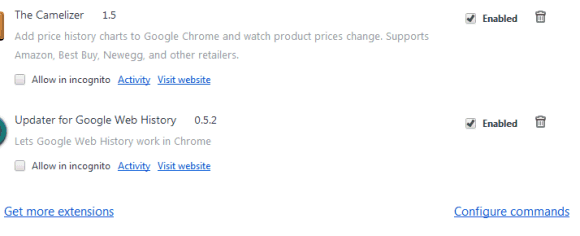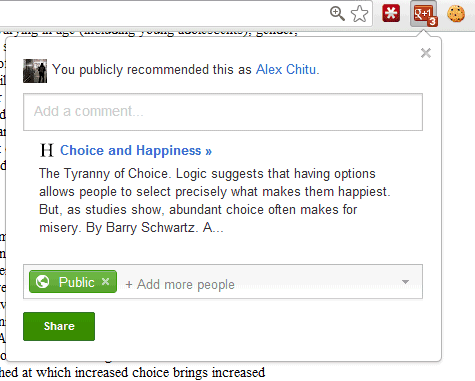Starting with iOS 6 beta 4, the YouTube app is no longer bundled with Apple's mobile operating system. Apple "said Monday that its license for YouTube has expired, meaning the app will no longer be included in the next version of its mobile operating system, iOS 6. That version is expected to be released to the public this fall and developers are already using it," reports
The Wall Street Journal.

Back in 2007, when Apple launched the iPhone, YouTube's video player required Flash, so YouTube videos couldn't be played without a special application. YouTube, which was acquired by Google in 2006, transcoded some of the videos to H.264 and allowed Apple to build
a native YouTube application. "To achieve higher video quality and longer battery life on mobile devices, YouTube has begun encoding their videos in the advanced H.264 format, and iPhone will be the first mobile device to use the H.264-encoded videos. Over 10,000 videos will be available on June 29, and YouTube will be adding more each week until their full catalog of videos is available in the H.264 format this fall," mentioned
a press release from 2007.
The app is no longer that useful, now that YouTube's mobile site has a great interface and more features than the native app. YouTube's HTML5 video player lets you play videos from Safari or any other browser, so many iPhone users don't even use the YouTube app. Just like the Maps application, the YouTube app was neglected by Apple, which didn't add many useful features. Google has constantly improved the YouTube app for Android and now will also develop a YouTube app for iOS.
Maybe Apple wanted to release a Google-free version of the iOS and the next step could be switching to Bing as the default search engine in Safari, but things are not that bad for Google. After all, YouTube is the most popular video sharing site and Google Maps is the most popular online mapping service. Google can develop its own apps, update them more often and add new features.
Even if YouTube's mobile site can replace the native app, there are two features that couldn't be added by YouTube: uploading videos and supporting the old embedding code. The good news is that both features are available in iOS 6 beta 4 and it's likely that the final version will continue to include them.



















